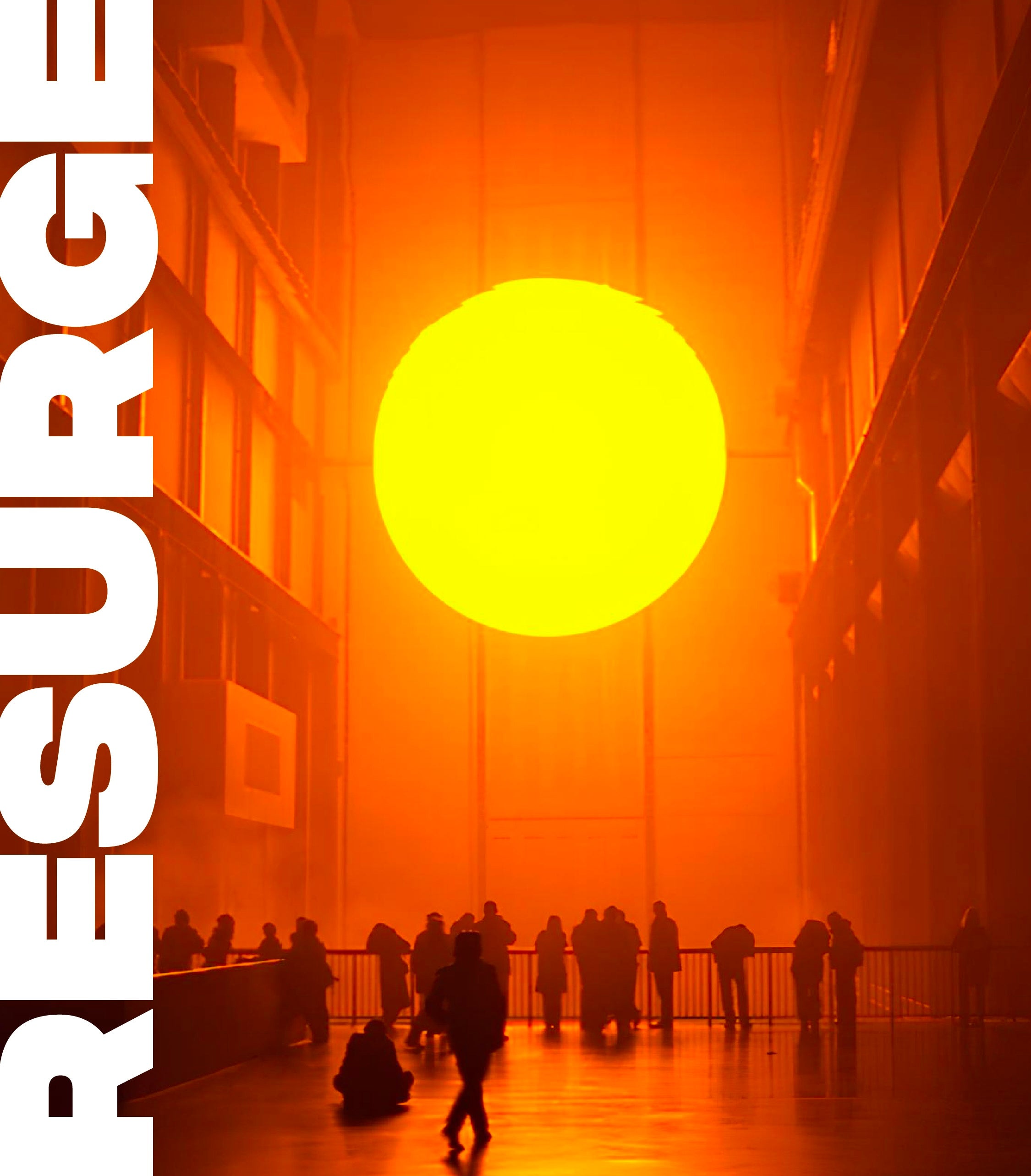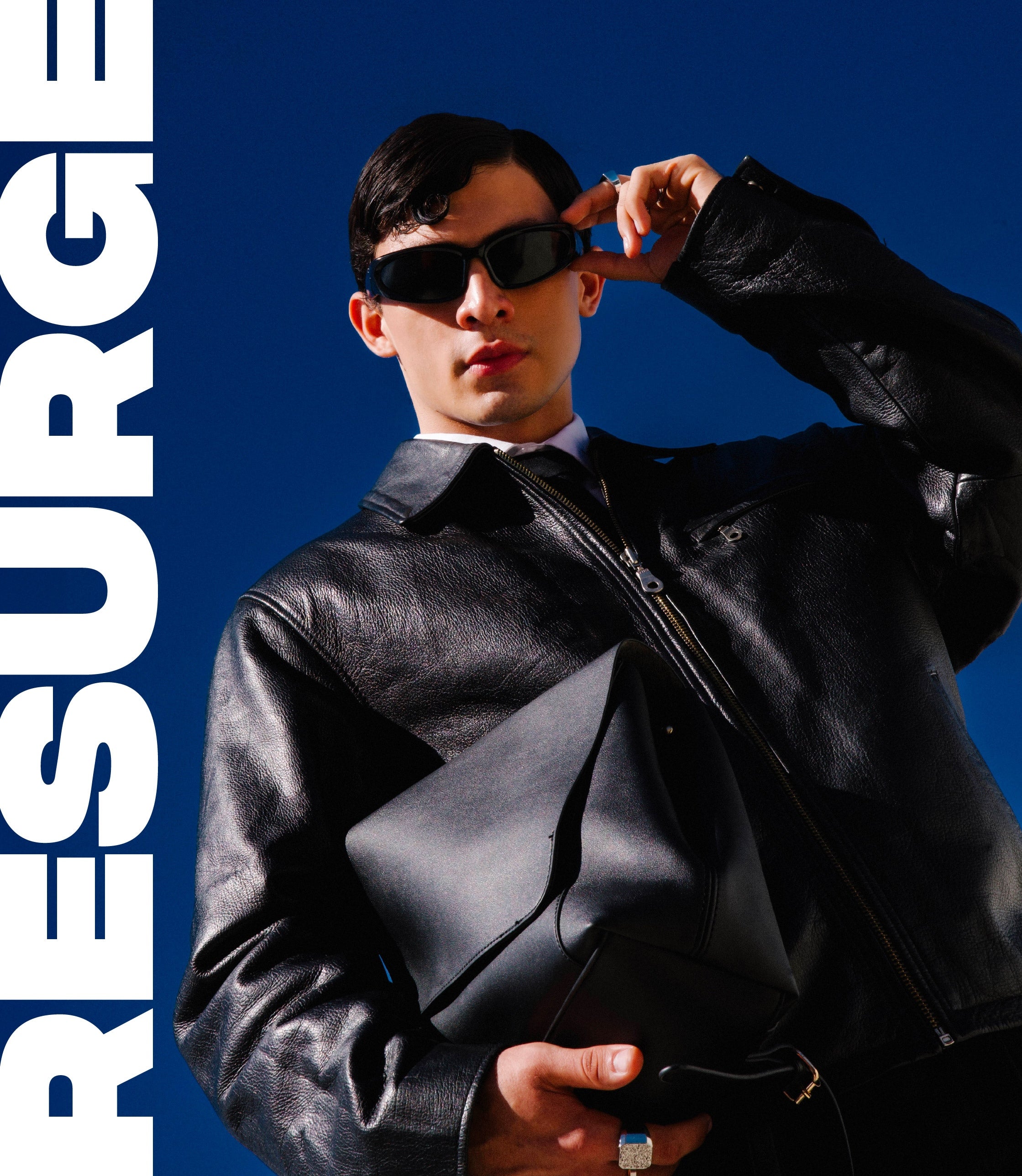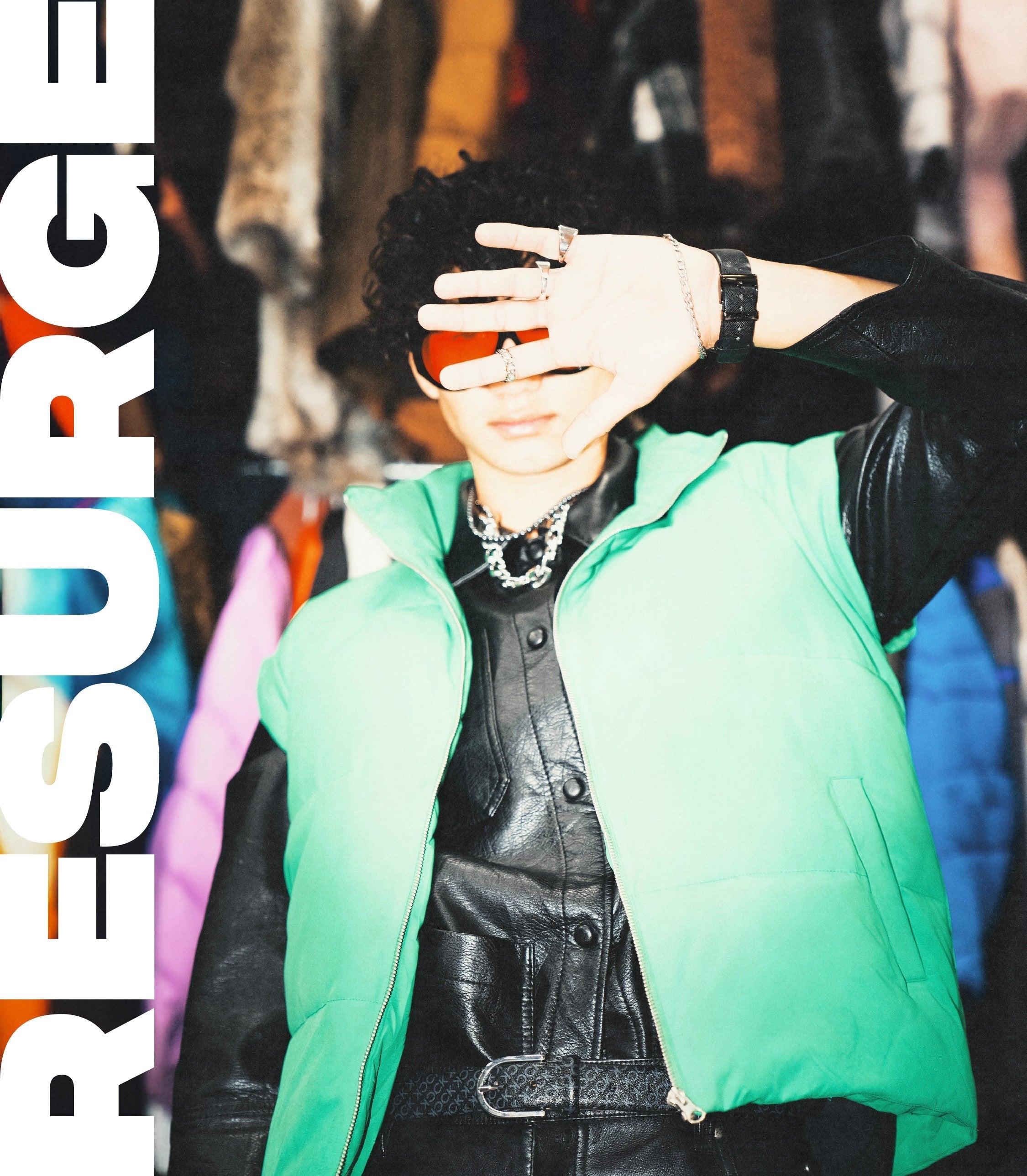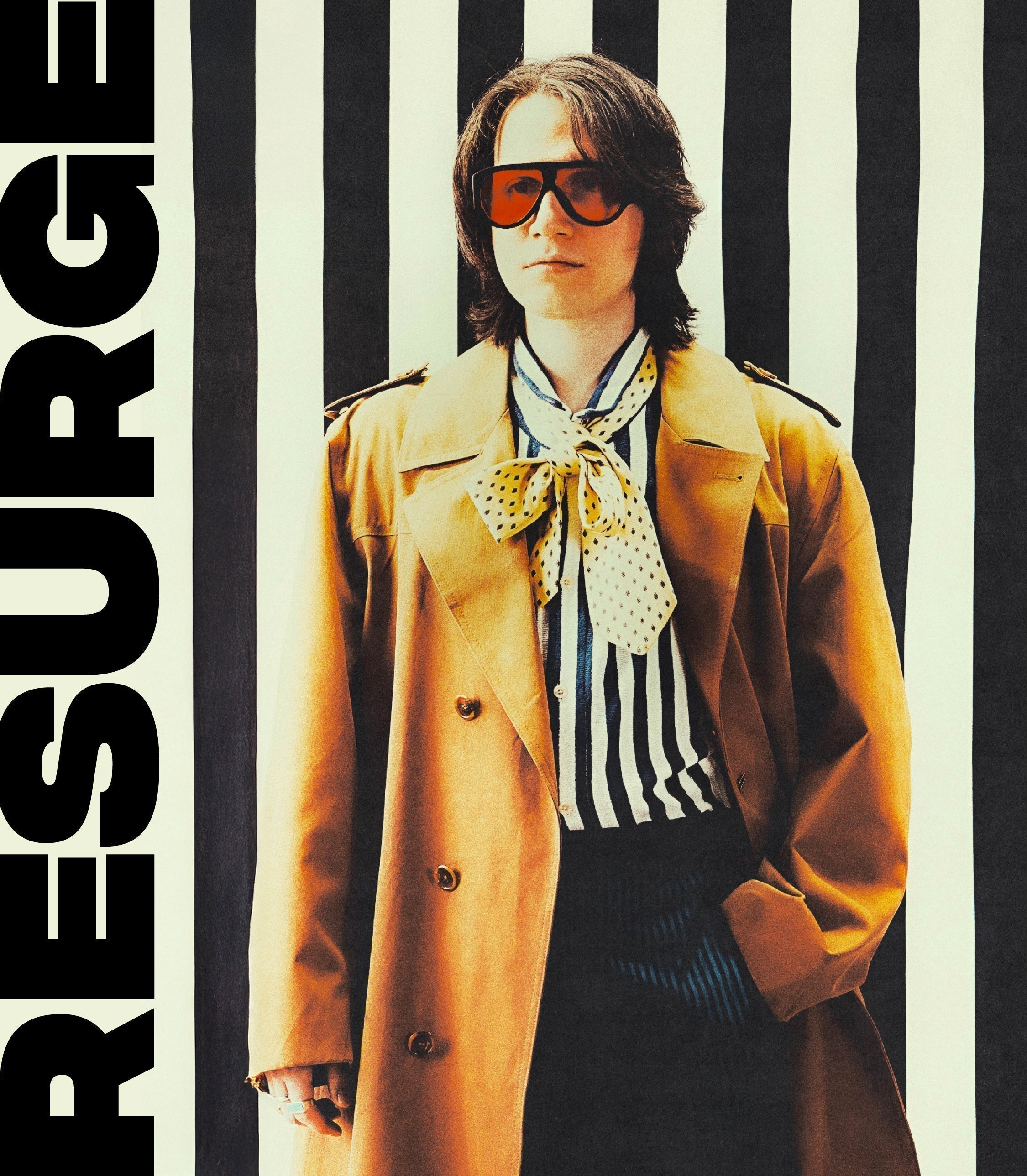
The Weather Project: Art, Illusion, and Climate Awareness
Back in 2003, artist Olafur Eliasson transformed Tate Modern’s massive Turbine Hall into an otherworldly dreamscape with The Weather Project. Imagine walking into a giant space bathed in golden light, with a massive glowing sun hovering over you, a misty haze filling the air, and a mirrored ceiling that made everything look infinite. People didn’t just observe it—they lay on the floor, stretched out in the glow, and became part of the illusion. It was like stepping into a sci-fi movie, and honestly, it was mesmerizing.
 But this wasn’t just a cool aesthetic moment—it had a deeper message. Eliasson made us think about our relationship with nature by creating a fake sun that felt weirdly real. In a world where climate change and artificial environments are becoming the norm, the piece subtly asked: How much of what we experience is natural, and how much is human-made? At a time when climate discussions were picking up steam, The Weather Project made people stop, stare, and think about the planet in a way that hit differently. Even today, it’s one of those unforgettable installations that mixed art, illusion, and a quiet but powerful environmental message.
But this wasn’t just a cool aesthetic moment—it had a deeper message. Eliasson made us think about our relationship with nature by creating a fake sun that felt weirdly real. In a world where climate change and artificial environments are becoming the norm, the piece subtly asked: How much of what we experience is natural, and how much is human-made? At a time when climate discussions were picking up steam, The Weather Project made people stop, stare, and think about the planet in a way that hit differently. Even today, it’s one of those unforgettable installations that mixed art, illusion, and a quiet but powerful environmental message.
 Beyond its impact at the time, The Weather Project set a precedent for immersive art experiences that challenge perceptions and spark conversation. It showed how art can create shared experiences, drawing thousands of people together to engage with something larger than themselves. The installation’s viral-like success—before social media was even a thing—proves that when art taps into something universal, like the human connection to nature, it leaves a lasting impression that transcends trends and time.
Beyond its impact at the time, The Weather Project set a precedent for immersive art experiences that challenge perceptions and spark conversation. It showed how art can create shared experiences, drawing thousands of people together to engage with something larger than themselves. The installation’s viral-like success—before social media was even a thing—proves that when art taps into something universal, like the human connection to nature, it leaves a lasting impression that transcends trends and time.








